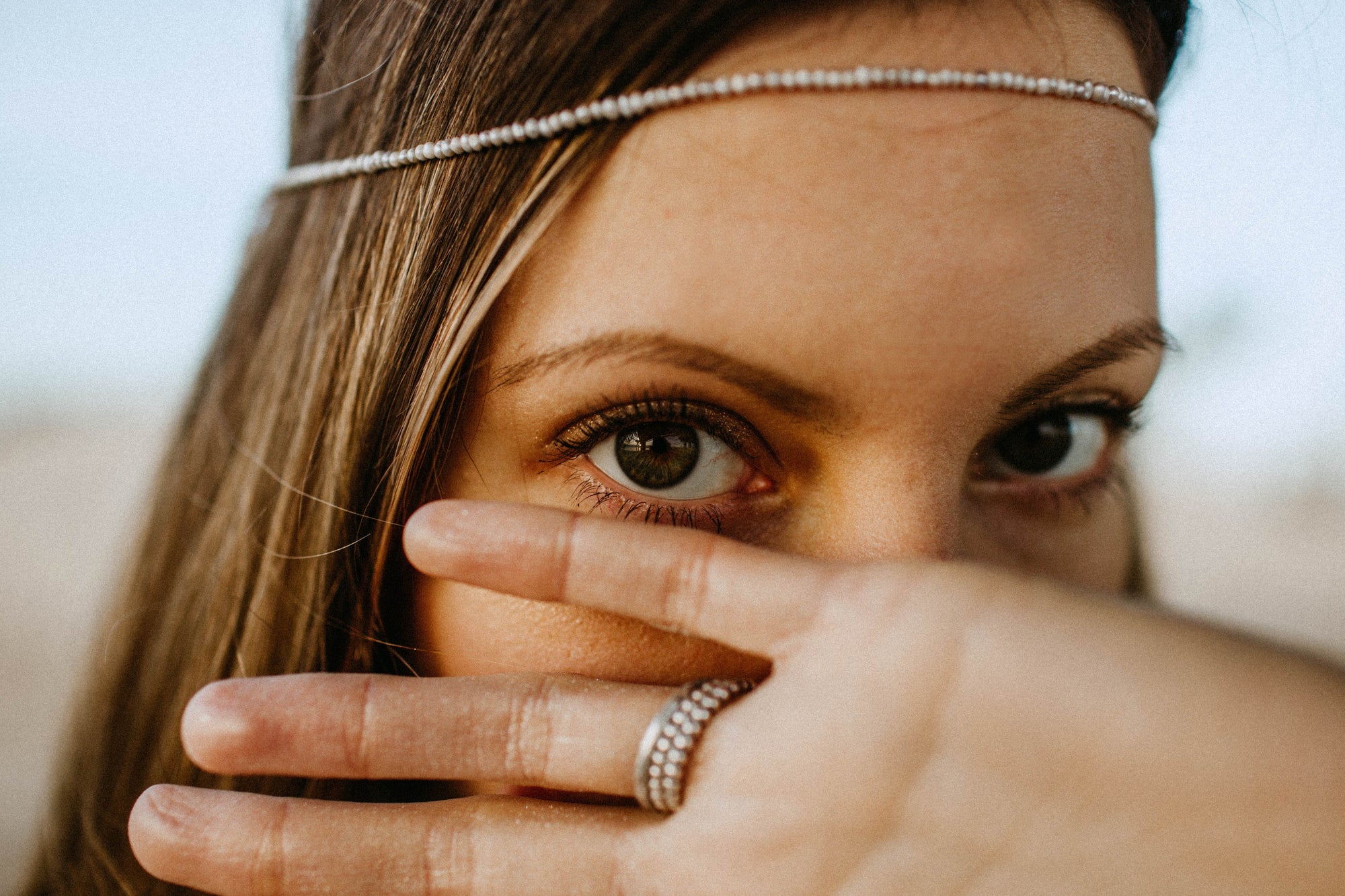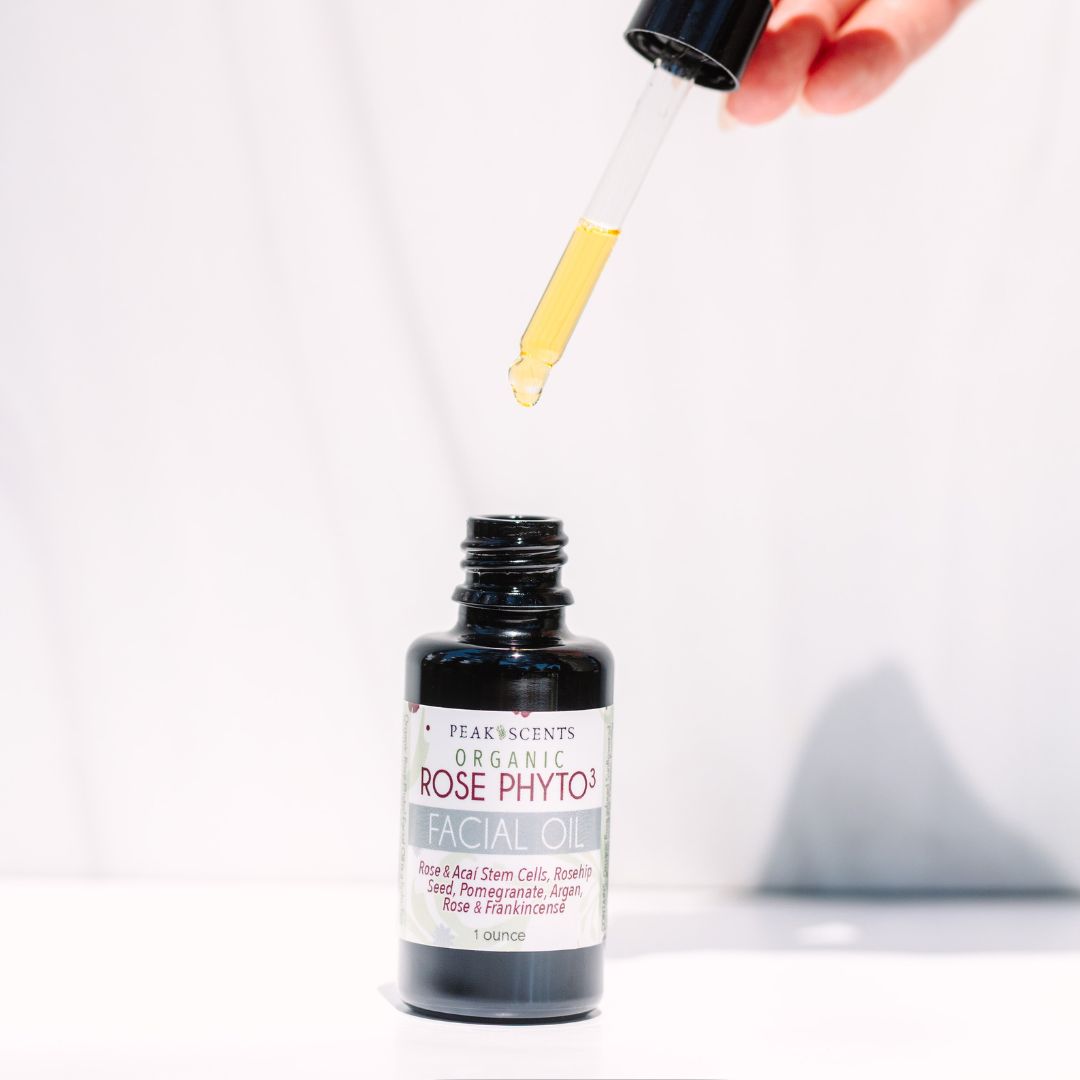In our previous article (Part 1), we spoke about some of the worst ingredients that can be found in conventional skincare products and why they should be avoided not only for the long-term health of your skin but also for your health too.
We’ve broken up this subject into two articles because we didn’t want to bombard you with too many scary ingredients and so it’s easier to digest. In Part 2, we’ll mention a few more top offenders and why you don’t want (or need!) them anywhere in your skincare routine.
Propylene glycol
PG is produced from propylene; a chemical formed as a byproduct of petroleum refining. If you’re unfamiliar with what petroleum consists of, it’s a crude oil obtained through oil drilling.
You may be wondering, why would this be in my skincare product? Well, it’s used in skincare to help hydrate the skin, as well as prevent products from melting in high heat or freezing at low temperatures. This is also the main ingredient in brake and hydraulic fluids, so basically, it’s like having antifreeze in your skin care products.
Propylene glycol forms a seal over your skin, preventing water from escaping, but it doesn’t actually add moisture to your skin. While this may offer temporary hydration, over time it may contribute to dull and dry skin because it prevents water from being able to penetrate the pores. This one has been linked to skin irritations and damage to cell membranes.
Maltodextrin
Maltodextrin is a plant-based sugar derived from corn, rice, potato, or wheat. You’ll often see it in chips or other food items used as a stabilizer, sweetener, or thickener. In cosmetics, it usually serves the same purpose, as a stabilizer, thickening agent, binding agent, or skin softener. Many natural companies use maltodextrin in small amounts because it’s certainly not as dangerous as say, parabens, however, it can still cause some problems.
Up to 60% of everything you apply to your skin is absorbed into your bloodstream, so if you have a sensitivity to gluten or corn then you may experience side-effects, even if you have not ingested it. The most common side effects of maltodextrin in skincare products are skin reactions like rashes and irritation.
Butylene glycol
Like Propylene Glycol, butylene glycol is a byproduct of petroleum. It has the same uses as PG in skincare products and is one of the most widely used preservatives in conventional skincare products today. Like PG, this powerful chemical may seriously aggravate the skin. Its full effect on the skin is not known yet so we’d rather stay away from it - guilty until proven innocent.
If you haven’t read Part 1 of Ingredients to Avoid, we urge you to check it out. Knowledge is power! Arm yourself with the information you need to make the safest choices for you and your family.

